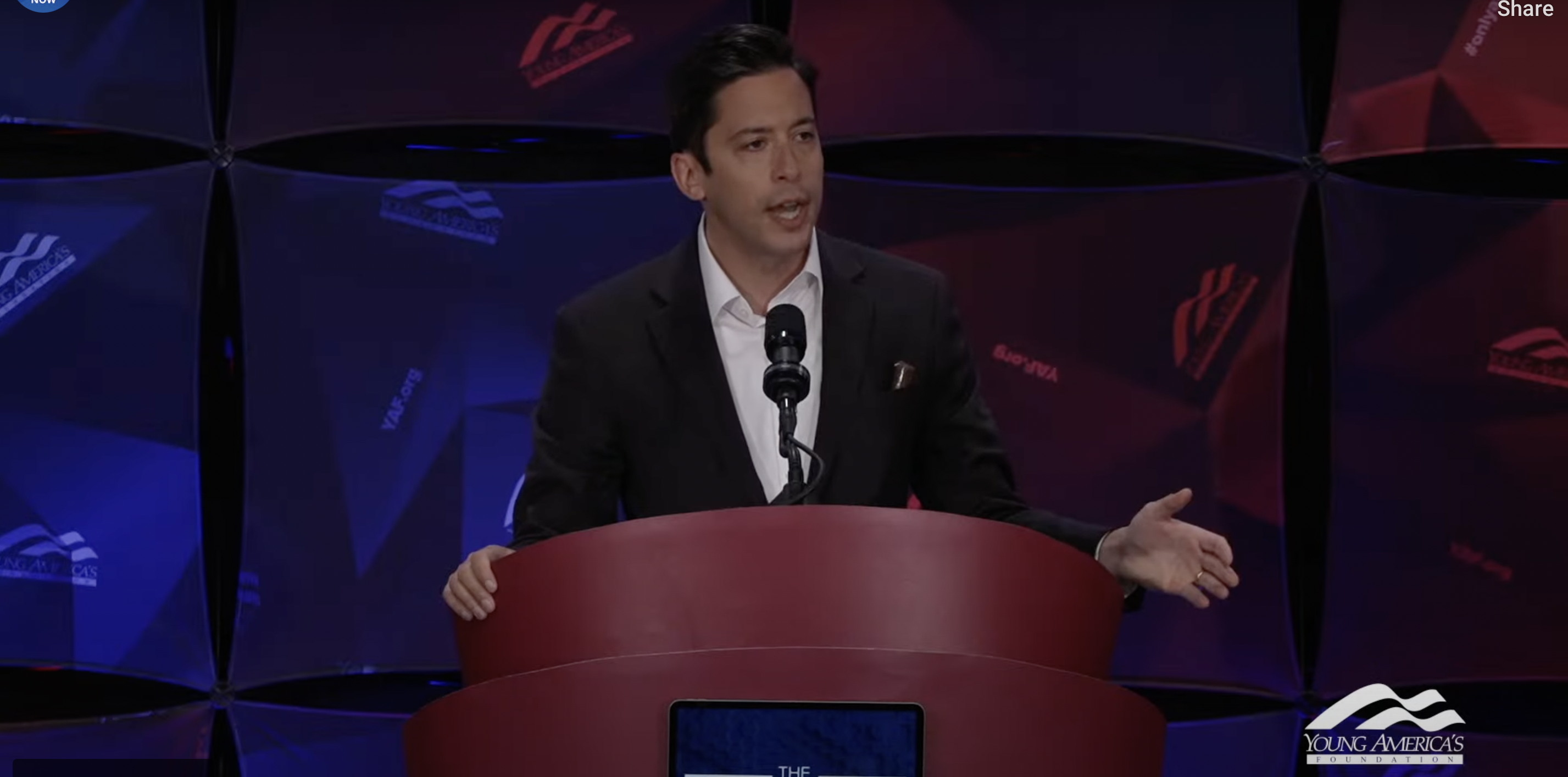Colleges puzzled by Biden’s gainful employment requirements amidst FAFSA chaos
The Biden administration requires universities to provide new employment metrics without clear guidance, alongside challenges from delayed student financial aid data. Educational institutions face pressure to comply with gainful employment and financial value transparency requirements by the extended October deadline, with significant uncertainty and lack of essential guidance from the Department of Education posing additional obstacles.
Universities around the country only recently received revised student financial aid data after months of delays — and the Biden administration is also requiring them to provide new employment metrics without telling them how to comply.
Traditional universities, trade schools, certificate programs, and other forms of continued education are under the gun to provide the Department of Education with data points proving their worth to prospective students, known as “gainful employment” and “financial value transparency,” but the department has not issued guidance informing schools how to provide the data by the now-extended Oct. 1 deadline. The previous deadline was July 31.
Those demands come on the heels of the Biden administration’s botched rollout of the new Free Application for Federal Student Aid, or FAFSA, application, which saw months of delays and errors. The Biden administration was accused of not providing schools with the data necessary to make students financial aid offers until the end of March — six months after schools normally get the information they need.
“Moving the deadline is a half-baked solution to problems the department itself created,” Bob Eitel, president and co-founder of the education-focused Defense of Freedom Institute, told the Washington Examiner.
“First, its disastrous FAFSA rollout left colleges scrambling to churn out financial aid offers much faster and much later than usual, rendering compliance with the gainful employment reporting requirements all but impossible,” continued Eitel, former senior counselor to Trump Education Secretary Betsy DeVos. “Then, it neglected to tell colleges what data they need to report to comply in the first place. Now, it’s kicking the can down the road to avoid further embarrassment while still refusing to give colleges needed clarity.”
The gainful employment and financial value transparency requirements will apply to institutions differently. Gainful employment requirements were resurrected from an Obama-era rule, and they require nondegree programs, such as certificate programs, trade schools, and proprietary schools, to prove that the credential they are conferring is worth the debt incurred to obtain it. If they do not meet the standard, programs could lose Title IV student financial aid funding.
What is new this year is the financial value transparency requirement, which encompasses all programs at every kind of institution of higher education and requires them to provide the same kind of financial information, effectively as consumer knowledge, but degree offerings from colleges and universities would not be at risk of losing Title IV funding. The idea is to allow prospective students to make financially informed decisions before choosing a school and program.
But schools have not been given guidance as to what specific information they need to provide to hit the Biden administration’s metrics, and all of the data to meet both requirements must be compiled by the October deadline.
“The department was saying, ‘Oh, and by the way, you know, you’ve got to do this very extensive, multiyear gainful employment and financial value transparency reporting by July 31. And also, we don’t have reporting guide for you. We don’t have the data elements finalized. Just know: There’s a deadline coming,’” Jill Desjean, senior policy analyst for the National Association of Student Financial Aid Administrators, told the Washington Examiner.
“There’s not much you can do. You just know, ‘I have a deadline, but there’s nothing I can do to prepare,’” she added.
The Education Department finally gave in to requests from multiple organizations to delay the gainful employment and financial value transparency data deadline, but only by two months — a time frame Desjean said is inadequate.
“Schools are in a little bit better shape in that they know that they’ve got two months more of breathing room before they need to do this reporting but not really in better shape in terms of being able to prepare right now,” Desjean said.
Schools cannot prepare, she explained, because the Education Department has not told them what data they need to compile in order to be compliant. The Biden administration has even finalized that information because the requirements are still in the public comment period until later this month.
The challenge is highlighted by the FAFSA debacle because “schools just started getting the student data over the past couple of weeks and now have to actually put together financial aid offers for students and do six months work in about six weeks time,” Desjean said.
When the Education Department granted the delay on March 29, Desjean said the department gave the “promise of more guidance” but nothing tangible that schools could use to prepare themselves.
“It would have been nice if we knew more about gainful employment, say, in January or in February, when schools didn’t have student FAFSA data,” she said, explaining aid officers could have used the downtime constructively, instead of having both FAFSA and the new employment metrics piled on top of each other.
“There’s a limit to what one group of people can do in a given amount of time,” Desjean added.
The Education Department is not set to release the data until 2025, and Desjean explained that while there is generic regulatory language, there are not specific details, and the kinds of information that will be requested by the department are open to interpretation without guidance.
Additionally, schools have not seen gainful employment reporting requirements in nearly a decade, and offices will have to relearn or learn for the first time how to meet them, on top of the new financial value transparency requirements every school will be experiencing for the first time.
The Education Department is expected to request information regarding student earnings post-graduation, tuition, room, board, book and supply costs, and a host of other items that are unknown.
Once compiled, the data will be used to provide two main metrics: a debt-to-earnings ratio and an earnings premium. That information will determine whether gainful employment programs can keep their Title IV funding. Universities will be required to publish the metrics on the program offerings.
The debt-to-earnings ratio will tell students if previous graduates of a specific program earn enough to support the debt they incurred to complete the program. The essential question is, Desjean explained: Is the cost of this education justified by the salaries of graduates?
CLICK HERE TO READ MORE FROM THE WASHINGTON EXAMINER
The earnings premium is similar but compares the median earnings of the program’s students to the median earnings of high school graduates.
The Department of Education did not respond to a request for comment from the Washington Examiner.
" Conservative News Daily does not always share or support the views and opinions expressed here; they are just those of the writer."





